Install carpet tiles without glue the easy diy guide you need
How to install carpet tiles without glue: a simple guide
Carpet tiles offer a convenient and stylish flooring option, but installation can seem daunting. Many homeowners are interested in glue-free methods for a more eco-friendly and removable solution. Fortunately, there are several effective techniques that don’t require adhesives. This guide explores some of the most popular methods, providing clear instructions and tips to help you achieve a professional-looking finish.
Whether you’re working with a click-together system, using double-sided tape, or opting for carpet tile mats, you’ll find the right approach to install your carpet tiles without glue. With the right tools and a little patience, you can transform your space quickly and easily, adding a touch of warmth and personality to any room.
install carpet tiles without glue the secret you need to know
Installing carpet tiles can be a great way to add warmth and style to your home, but the thought of using glue might seem daunting. Good news: you don’t have to! Installing carpet tiles without glue is a viable and increasingly popular option, offering flexibility and easier installation compared to traditional glued-down carpets. This article will guide you through the process, answering all your questions about how to install carpet tiles without glue.
Understanding the Benefits of Glue-Less Installation
Choosing to install carpet tiles without glue offers several advantages:
- Easy Installation: Glue-less carpet tiles are generally easier to install, even for DIYers. This eliminates the mess and fumes associated with glue.
- Reusability: Glue-less tiles can be removed and reinstalled, making them perfect for temporary or rental situations.
- Flexibility: You can easily rearrange tiles or replace individual damaged tiles without affecting the rest of the flooring.
- Cost-Effective: Glue-less installation can save you money in the long run, as you won’t need to purchase glue or hire professional installers.
Choosing the Right Carpet Tiles for Glue-Less Installation
Before you start installing, choosing the right carpet tiles is essential. Not all carpet tiles are designed for glue-less installation, so look for:
- Self-Adhesive Backing: These tiles have a sticky backing that adheres to your subfloor without the need for additional glue.
- Interlocking Tiles: These tiles fit together like puzzle pieces, creating a secure and stable floor.
- Peel-and-Stick Tiles: These tiles have a peel-and-stick backing, making installation even faster and easier.
Preparing Your Subfloor for Glue-Less Installation
A solid and level subfloor is crucial for a successful installation. To prepare your subfloor:
- Clean the surface: Remove any dirt, debris, or existing flooring materials.
- Fill in cracks and gaps: Repair any cracks or gaps in your subfloor with patching compound.
- Level the subfloor: If your subfloor is uneven, use a leveling compound to create a smooth and even surface.
Step-by-Step Guide: Installing Carpet Tiles Without Glue
Now that you’ve chosen your tiles and prepared your subfloor, let’s get started with the installation process:
- Measure Your Room: Carefully measure the dimensions of the room where you want to install the tiles. Consider the layout and any obstacles like doors or furniture.
- Start in a Corner: Begin laying your tiles in a corner, aligning them with the walls. Make sure the tiles are flush with each other.
- Interlock the Tiles: If using interlocking tiles, carefully snap the edges together to create a secure fit.
- Apply Pressure: Apply firm pressure to the tiles to ensure they adhere properly. You can use a roller or a rubber mallet to help with this.
- Trim Around Obstacles: Use a utility knife to trim the tiles around obstacles like doors or furniture.
- Complete the Layout: Continue laying tiles row by row, working your way across the room. Ensure each tile is properly aligned and secured.
Tips for a Smooth Installation
- Use a Tape Measure: Always measure the tiles before cutting them to ensure a perfect fit.
- Cut Carefully: Use a utility knife to trim tiles around obstacles and ensure clean cuts.
- Start in a Corner: It’s generally easier to start laying your tiles in a corner and work your way outwards.
- Use a Level: Ensure the tiles are level as you lay them to create a smooth and even floor.
Addressing Common Glue-Less Installation Challenges
While glue-less installation is often easier than traditional methods, you might encounter some challenges:
- Uneven Subfloor: If your subfloor is uneven, it can create a bumpy surface even with glue-less tiles. It’s important to level the subfloor before installation.
- Improper Alignment: Incorrect alignment of tiles can lead to gaps and unevenness. Use a level and take your time to ensure the tiles are properly aligned.
- Moisture Issues: Excessive moisture can affect the adhesive backing of glue-less tiles. Ensure your subfloor is dry before installation.
Maintaining Your Glue-Less Carpet Tiles
To keep your glue-less carpet tiles looking their best:
- Regular Vacuuming: Regularly vacuum your tiles to remove dirt and debris.
- Spot Cleaning: For spills or stains, use a carpet cleaner or spot remover specifically designed for the type of tile you have.
- Avoid Harsh Chemicals: Avoid using harsh chemicals or abrasive cleaners, as they can damage the tiles.
Finding the Right Glue-Less Carpet Tiles for Your Needs
You’ll find various glue-less carpet tiles on the market, offering different styles, colors, and materials. Here are a few popular types:
- Luxury Vinyl Tile (LVT): LVT tiles are water-resistant, durable, and offer a wide range of styles and colors.
- Carpet Tiles: These tiles are available in various textures, colors, and patterns, offering versatility and style.
- Peel-and-Stick Tiles: These tiles are extremely easy to install, making them a great option for DIY projects.
Conclusion
Installing carpet tiles without glue can be a rewarding DIY project. By following these steps and tips, you can create a beautiful and functional floor in your home. Remember to choose the right tiles for your needs, prepare your subfloor properly, and take your time to ensure proper alignment. With a little patience and care, you can enjoy the benefits of glue-less carpet tiles for years to come.
Here are some related search queries that may be helpful for you:
- how to install carpet tiles without glue
- how to install carpet tiles without adhesive
- installing carpet tiles without glue
- carpet tiles installation without glue
- how to install carpet tiles without adhesive
- glue-less carpet tile installation
- carpet tile installation no glue
- how to install carpet tiles without glue
- how to install peel and stick carpet tiles
- can you install carpet tiles without glue
- peel and stick carpet tiles installation
- installing carpet tiles without adhesive
- carpet tiles that don’t need glue
- best carpet tiles without glue
- how to install carpet tiles without glue
can you install carpet tiles without glue
Carpet tiles are a fantastic flooring option for many reasons. They are durable, easy to replace, and offer a huge variety of styles. But what if you’re looking for a quick and easy installation process without the hassle of glue? That’s where “install carpet tiles without glue the secret you need to know” comes into play.
Understanding the “Secret”
The “secret” to installing carpet tiles without glue lies in a clever system that utilizes interlocking tabs or a peel-and-stick backing. These methods offer a secure, removable, and reusable flooring solution. While glue is the traditional method, it’s often messy and permanent. Glue-less options give you the flexibility to rearrange tiles, replace damaged ones, or easily remove the entire system when you’re ready for a change.
Types of Glue-less Carpet Tiles
-
Interlocking Tiles: These tiles feature tabs or grooves that fit together seamlessly. They are typically made from nylon or polyester, and they are known for their durability and resilience.
-
Peel-and-Stick Tiles: These tiles have an adhesive backing that can be peeled off and applied to your subfloor. They are often made from vinyl or PVC, and they are known for their water resistance and easy cleaning.
Choosing the Right Tiles
When considering the best type of glue-less carpet tile for you, keep these factors in mind:
- Traffic: High-traffic areas may require a more durable tile like interlocking nylon or polyester tiles.
- Style: Peel-and-stick tiles offer a wider variety of patterns and colors, but they may not be as resilient as interlocking tiles.
- Subfloor: Make sure the subfloor is clean, level, and free of debris before installing any type of carpet tile.
How to Install Carpet Tiles Without Glue
Here’s a step-by-step guide to installing carpet tiles without glue, ensuring a smooth and successful process:
-
Measure and Plan: Measure your space carefully and plan your layout. Ensure you have enough tiles to cover the entire area.
-
Prepare Your Subfloor: Clean and sweep the subfloor thoroughly to remove any dust, debris, or loose particles.
-
Lay Down the First Row: Start by placing the first row of tiles against a wall, ensuring they are flush and level.
-
Interlock the Tiles: For interlocking tiles, press the tabs firmly together to create a secure connection. For peel-and-stick tiles, simply peel off the backing and press the tile firmly onto the subfloor.
-
Continue Laying Tiles: Continue laying tiles, ensuring each row is aligned with the previous one.
-
Trim as Needed: Use a utility knife to trim any tiles that need to be adjusted to fit around obstacles or corners.
Tips for a Perfect Installation
- Use a Level: Use a level to ensure each row of tiles is straight.
- Cut Precisely: Use a sharp utility knife to create clean, even cuts.
- Work in Sections: For large areas, work in sections to avoid over-lapping tiles.
- Double-Check Alignment: Regularly check alignment as you lay the tiles to ensure a consistent and professional look.
Beyond the Basics: Carpet Tiles Without Glue for Every Need
- Installing Carpet Tiles in a Bathroom: For bathrooms, look for waterproof peel-and-stick carpet tiles.
- Installing Carpet Tiles Over Existing Flooring: Consider using peel-and-stick tiles for a temporary change or to cover an old floor.
- Finding Affordable Options: Explore online retailers for budget-friendly carpet tiles without glue.
Install carpet tiles without glue the secret you need to know – you now have the knowledge and the tools to create a beautiful and functional floor with ease. Don’t be afraid to experiment and unleash your creativity. Remember, the right carpet tiles can transform any space, making it more comfortable, stylish, and welcoming.
Installing Carpet Tiles Without Glue: Q&A
Q: What are the benefits of installing carpet tiles without glue?
A: Glue-less installation offers several advantages, including:
- Easier Installation: No messy adhesives to deal with, making it a DIY-friendly option.
- Cost-Effective: Glue-less tiles are often cheaper than glued-down options.
- Reusable and Re-arrangeable: Allows for easy replacement of damaged tiles and the ability to change the layout.
- Less Waste: Tiles can be cut to fit any space, minimizing waste.
- Environmentally Friendly: Reduces the use of harsh chemicals and adhesive fumes.
Q: What types of carpet tiles are suitable for glue-less installation?
A: Most interlocking carpet tiles are designed for glue-less installation. Look for tiles with:
- Interlocking Edges: These tiles have a system of tabs and grooves that lock together.
- A Backing with Grip: The backing provides a secure grip on the subfloor without the need for adhesive.
Q: What kind of subfloor is best for glue-less carpet tiles?
A: Glue-less tiles work best on smooth, flat surfaces like:
- Concrete: Ensure it is clean and dry.
- Wood Subfloor: Should be smooth and free of gaps or unevenness.
- Plywood: Similar to wood subfloors, it should be level and free of bumps.
Q: Do I need any special tools for glue-less carpet tile installation?
A: You’ll need basic tools like:
- Measuring Tape: To determine the size of your space and cut tiles.
- Utility Knife: To cut tiles to fit.
- Tapping Block: To help interlock tiles and ensure a smooth finish.
- Level: To check if the subfloor is level.
Q: How do I cut carpet tiles?
A: Use a utility knife to cut the tiles. Mark the desired cut line and score the tile’s surface several times before pushing the blade through.
Q: Is it possible to install glue-less carpet tiles over existing flooring?
A: Yes, as long as the existing flooring is smooth and level. You may need to use an underlayment to create a smooth surface for the tiles.
Q: What if I need to remove the tiles in the future?
A: Glue-less tiles are designed to be easily removed and reinstalled. Simply pry up the tiles from one corner, and they should come apart without damaging the subfloor.
Q: How do I clean glue-less carpet tiles?
A: Follow the manufacturer’s cleaning instructions. Most tiles can be vacuumed and spot-cleaned with a mild detergent.
Conclusion
Installing carpet tiles without glue is a surprisingly simple and efficient process. With the right tools and techniques, you can achieve a professional-looking floor that’s easy to maintain and can be easily replaced if needed. Whether you’re tackling a small project or a whole room, the flexibility and affordability of glue-less installation make it a perfect choice for both DIY enthusiasts and seasoned renovators.
So, are you ready to give glue-less carpet tile installation a try? We’d love to hear your thoughts! Share your experience in the comments below or tag us on social media with your finished project. Let’s inspire each other to create beautiful, functional spaces without the hassle of messy adhesives.

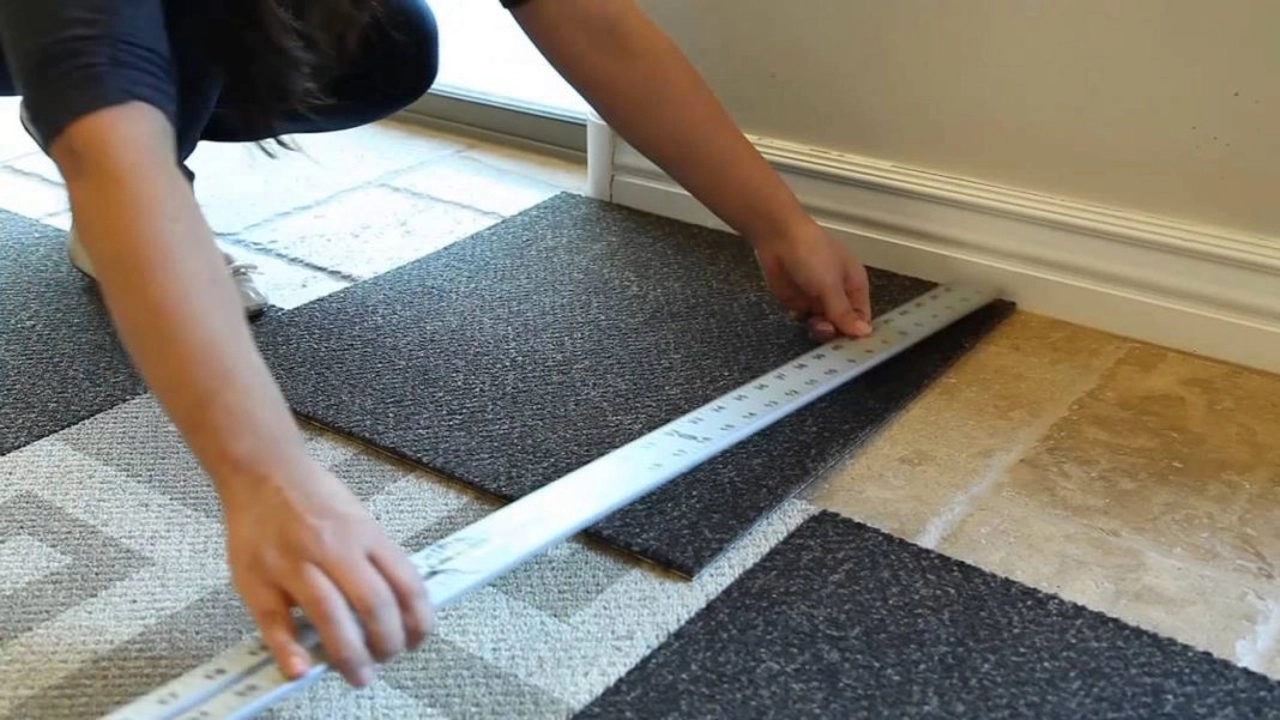
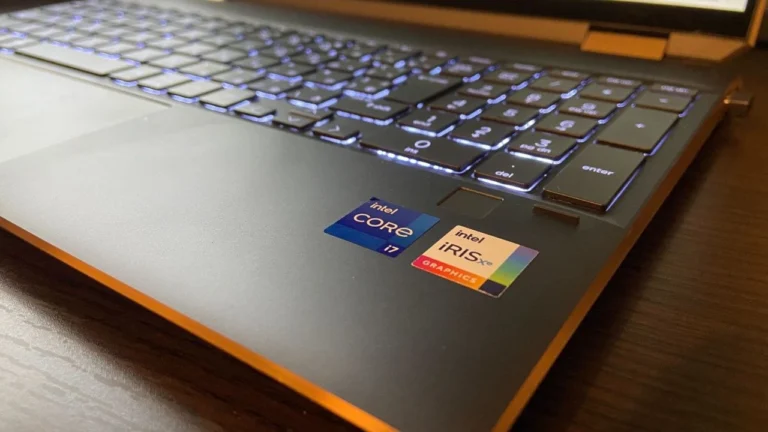
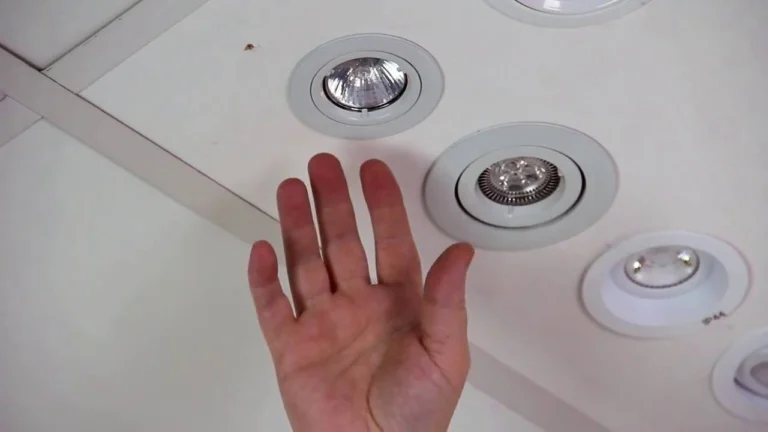
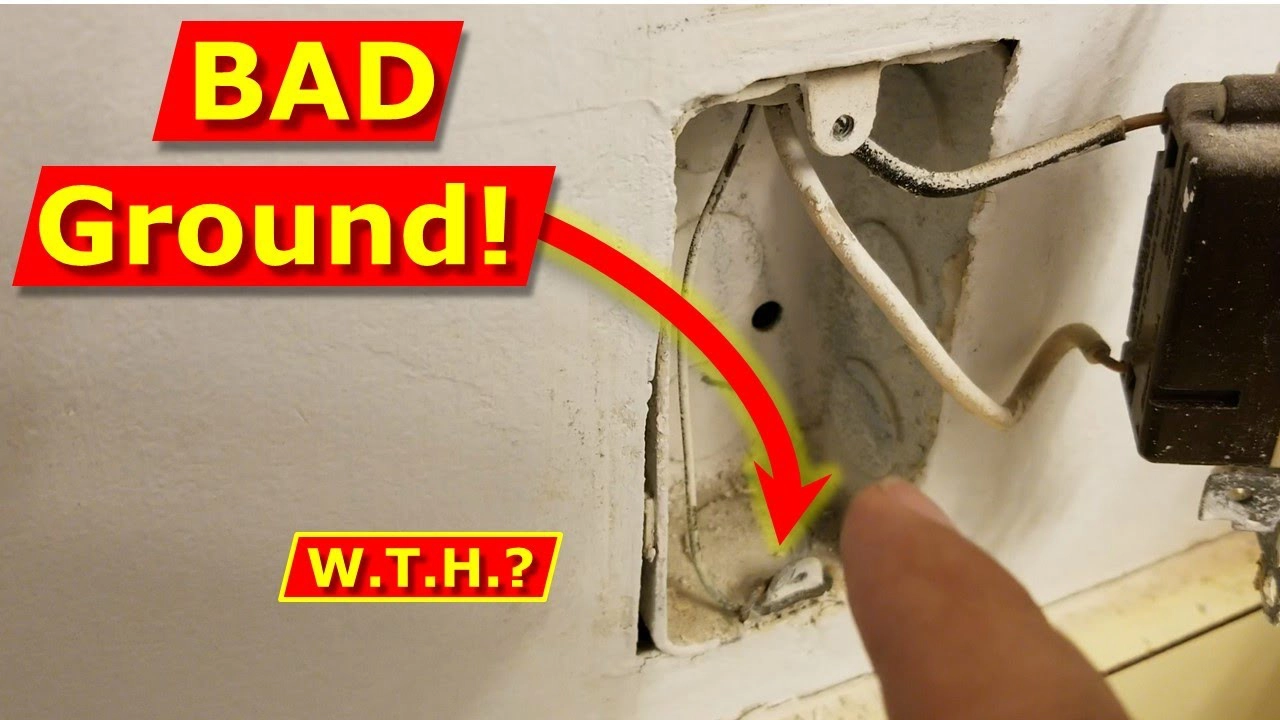
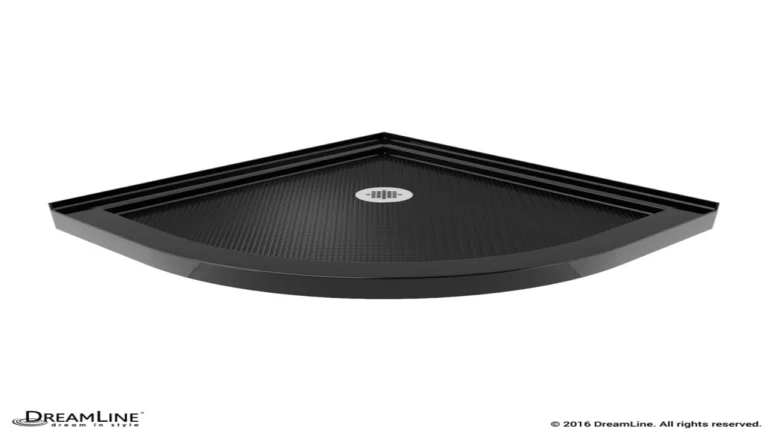
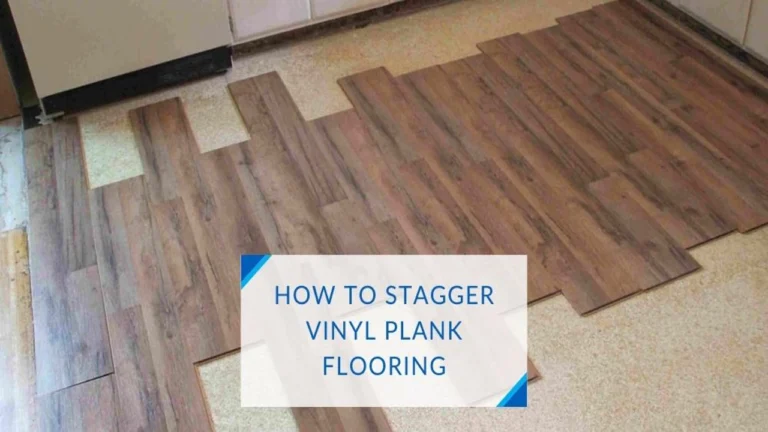

3 Comments